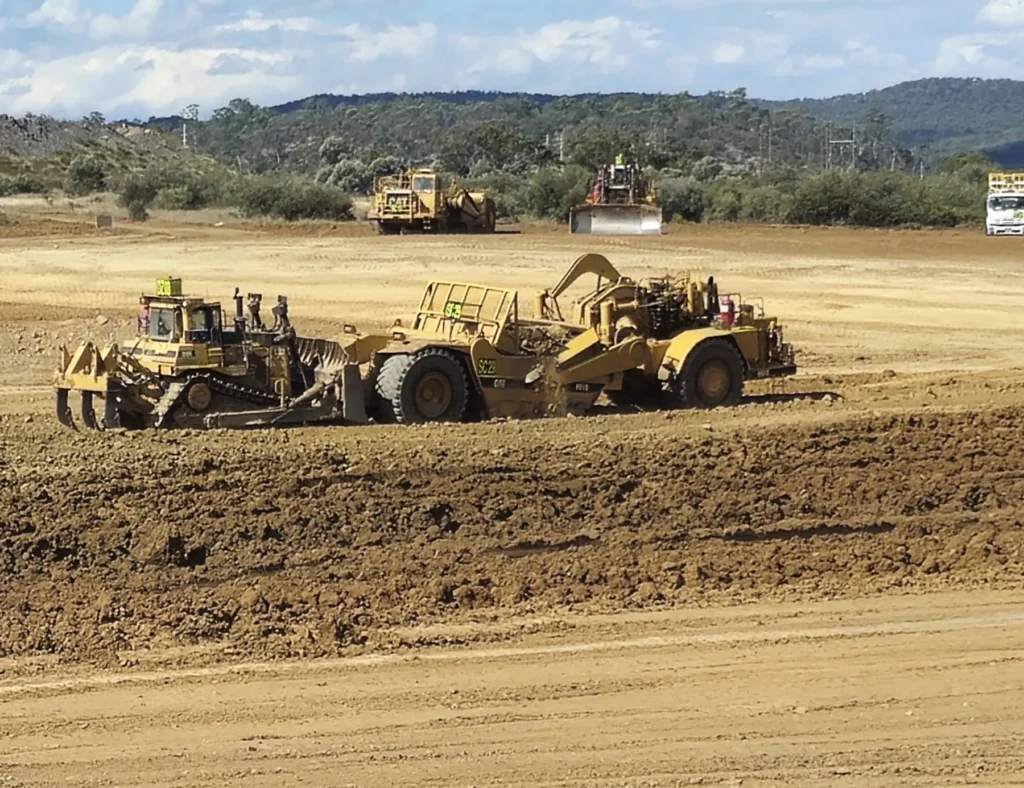Enhancing Water-Controlling Structure Design: A Locally Sourced Approach
Mine Affected Water (MAW) Dam in QLD Coal Mine
Tom Lynch, Associate Geotechnical Engineer, Cartledge Mining and Geotechnics
The opportunity
Imagine if construction materials for water-controlling structures on mine sites could be sourced locally, eliminating the need for high-quality materials from commercial borrow pits and quarries. While stability and longevity remain critical, it’s possible to use sub-optimal materials as long as their properties are considered during the design phase.
Objectives
Imagine if construction materials for water-controlling structures on mine sites could be sourced locally, eliminating the need for high-quality materials from commercial borrow pits and quarries. While stability and longevity remain critical, it’s possible to use sub-optimal materials as long as their properties are considered during the design phase.
Key learnings
By considering locally available materials early in the design process, we can achieve design objectives while accommodating lower quality materials. This approach reduces costs, saves time, and promotes sustainability by minimising haulage and rehandling expenses.
A different approach
At Cartledge Mining and Geotechnics (CM&G), we customise design parameters and material specifications based on the client’s preferred borrow location and the identified material types and properties. We adjust geotechnical designs to accommodate shortcomings in locally available construction materials, such as highly dispersive clay.
As an example, in a recent dam project, we widened the dam wall by an extra metre to mitigate the erodibility of the clay, without compromising structural integrity. This over-engineering allowed us to use sub-optimal materials without needing to import high-quality materials or ameliorate the clays. By using nearby materials, the project was completed four months ahead of schedule, even with the extra material incorporated during construction. Additionally, widening the dam allowed for the construction of a light-vehicle access road on the dam crest, further benefiting the project.
In another project designing a ~5 km levee, utilising clays from the mine pre-strip area instead of commercial borrow materials saved the project an estimated $35-40 million.
